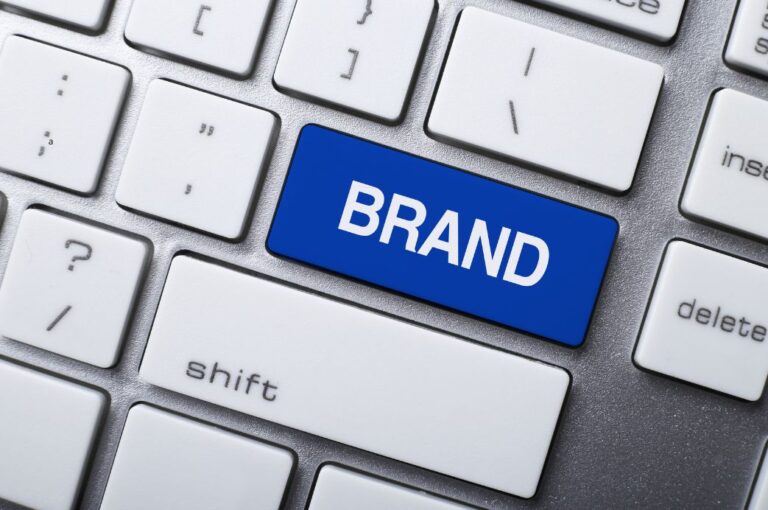The development of own brands experiences a movement of legitimation and recognition in the Brazilian retail market by consumers. According to Nielsen data from 2022, products in this category are already present in 40% of the country's homes. This approval represents an important expansion of the sector in recent years, revealing new business opportunities, possibility of increasing revenue, as well as customer loyalty through the creation of an exclusive line of products.
The food sector is responsible for concentrating most of its own brands in marketing in Brazil, which has a robust manufacturing park for food production.However, the exploration of the concept of private label hotel it can be extended to other segments, such as pharmacy and personal hygiene.
Recently, private label items created by pharmacy networks they have outpaced the growth in the supply of this type of product in the food sector. Pet shop, beauty and building materials make up the other strategic areas that have shown solid and sustainable growth in the market of private label hotel brasilian.
The evolution of this business model will be one of the main themes of PL Connection, the largest event in private label hotel from Latin America, which will take place between September 17 and 19, 2024, at Expo Center Norte in Sao Paulo.
Private label expanding
Private brands are gaining more relevance in Brazil and attracting the retail sector, which sees a chance to increase product supply and revenue.This is because the segment still represents only 2% of the retail sector in the country, which gives room for numerous possibilities for expansion.
In Latin America, the presence of private labels in business is about 10%, while worldwide this index is 23%. In some countries of the Europe, the marketing of private label products it represents more than 50% of the offer on the shelves, which corroborates the expectations of growth in Brazil. These items are able to create a communication link that brings the brand closer to the consumer, and where the reputation of the business serves to legitimize the origin of the product.
However, the offer of items classified as private label lacks some care, such as knowing the suppliers deeply through their history of performance in the market. Monitoring the quality level with technical and laboratory tests represents another step in the design of the product private label hotel before marketing.












